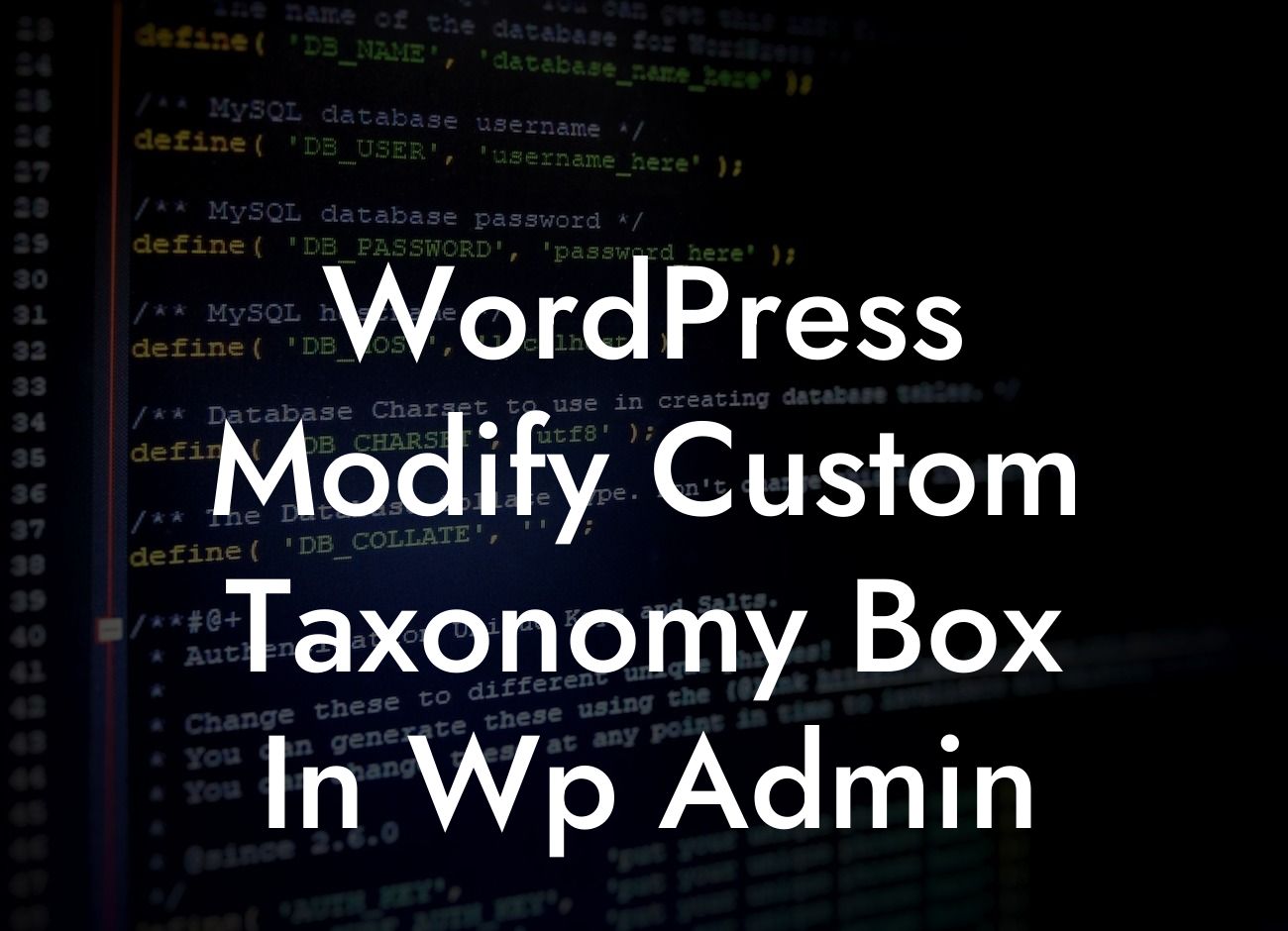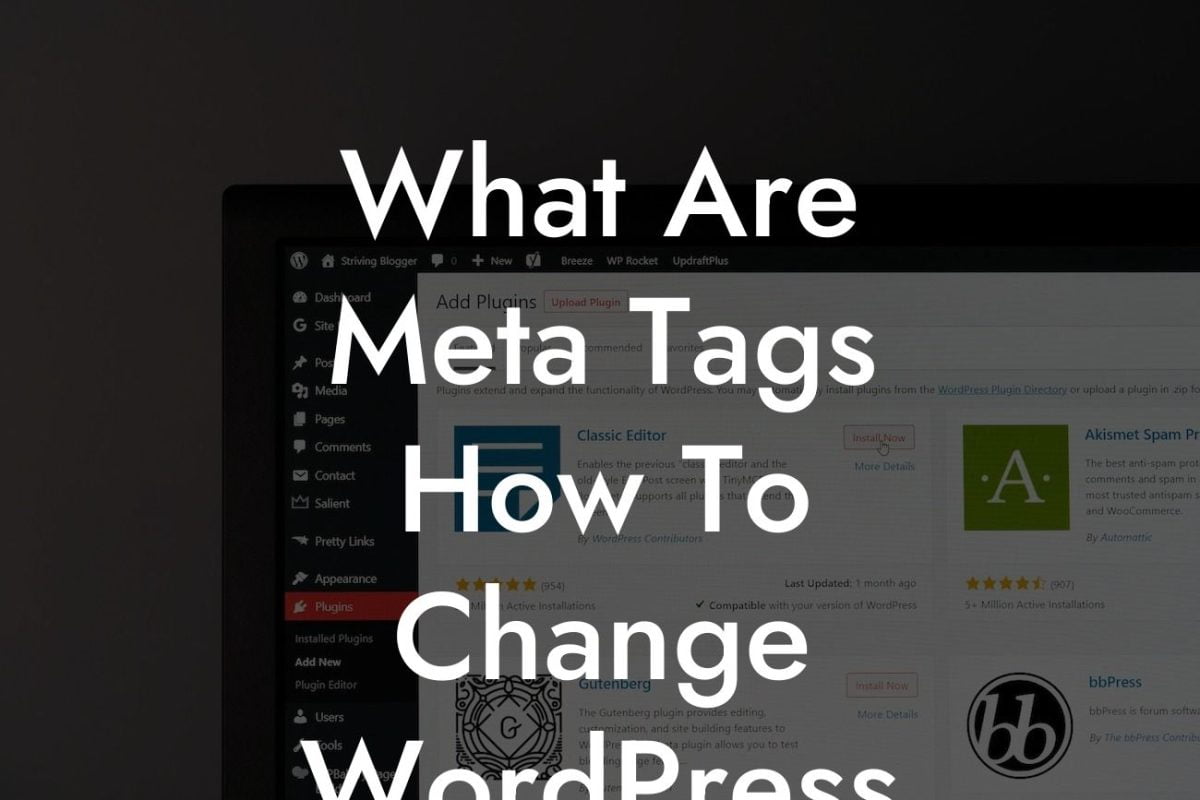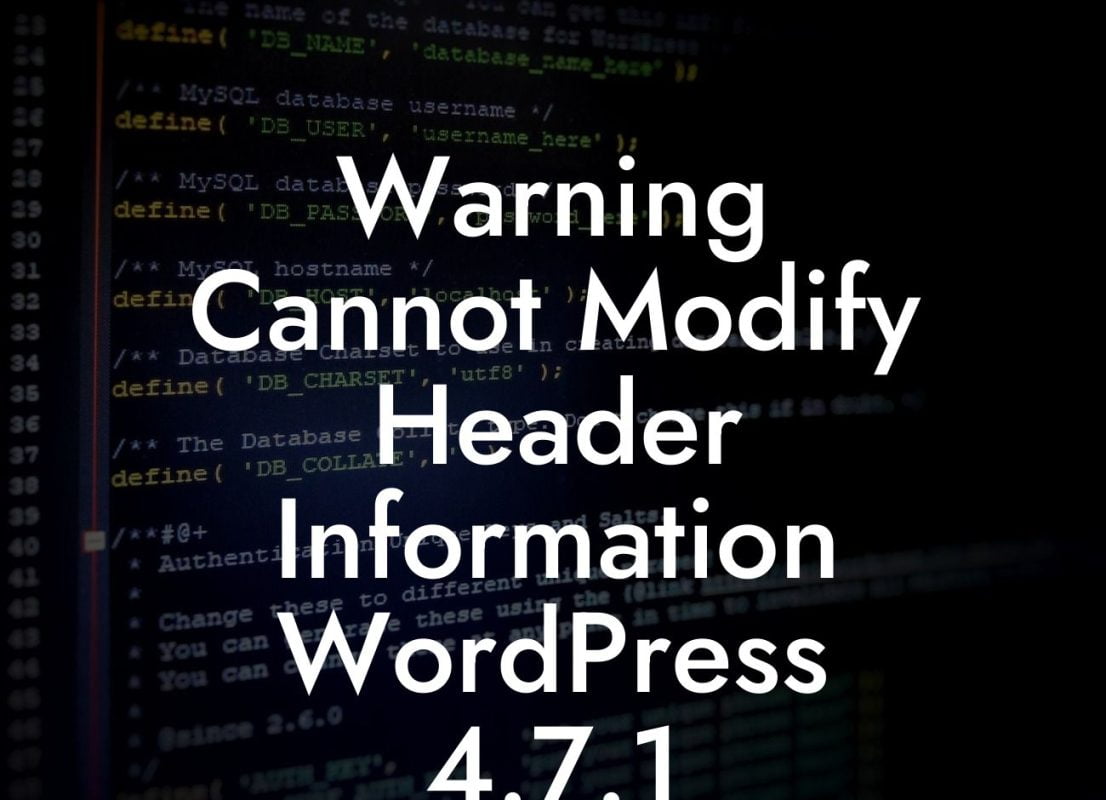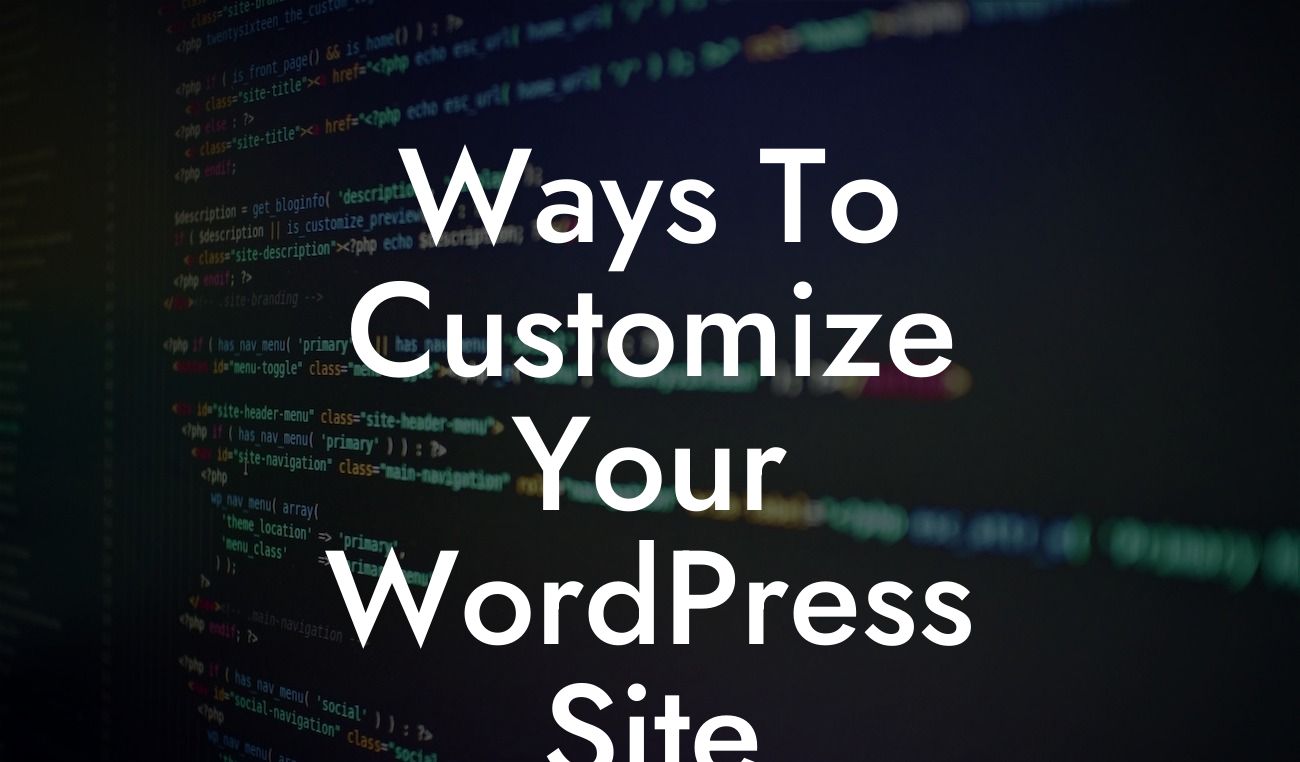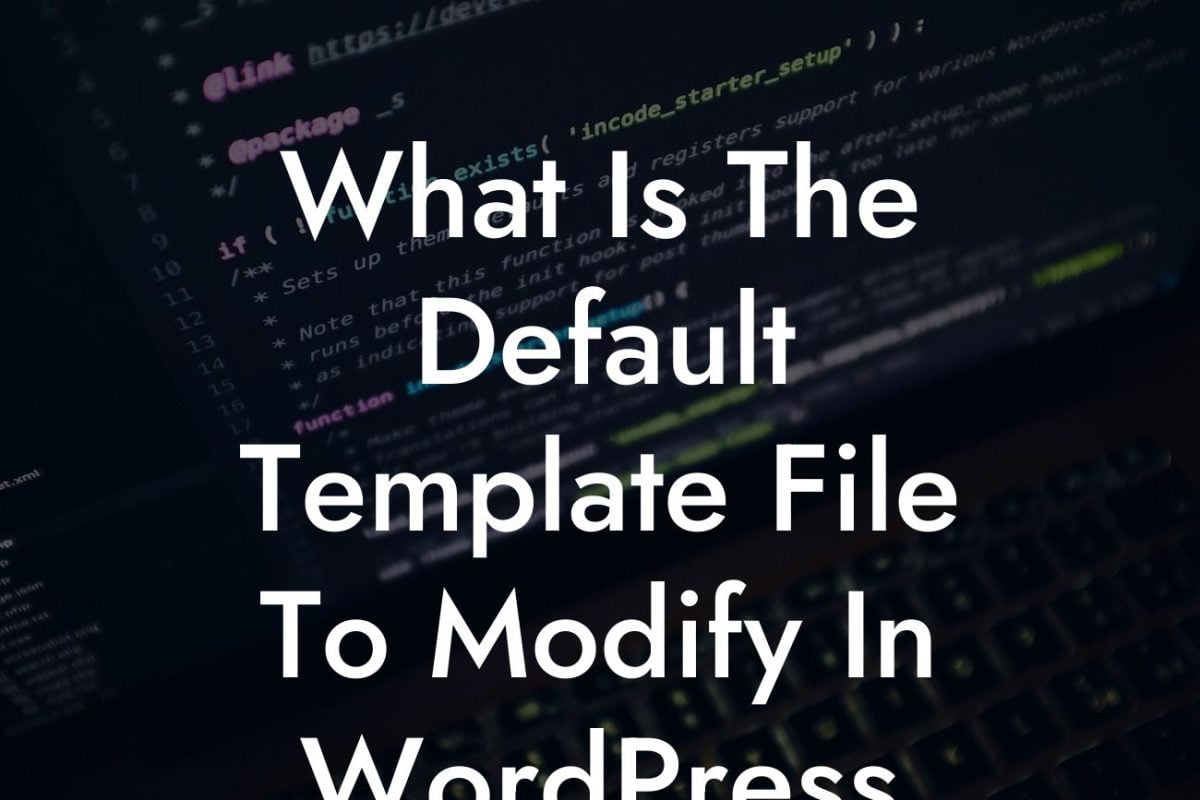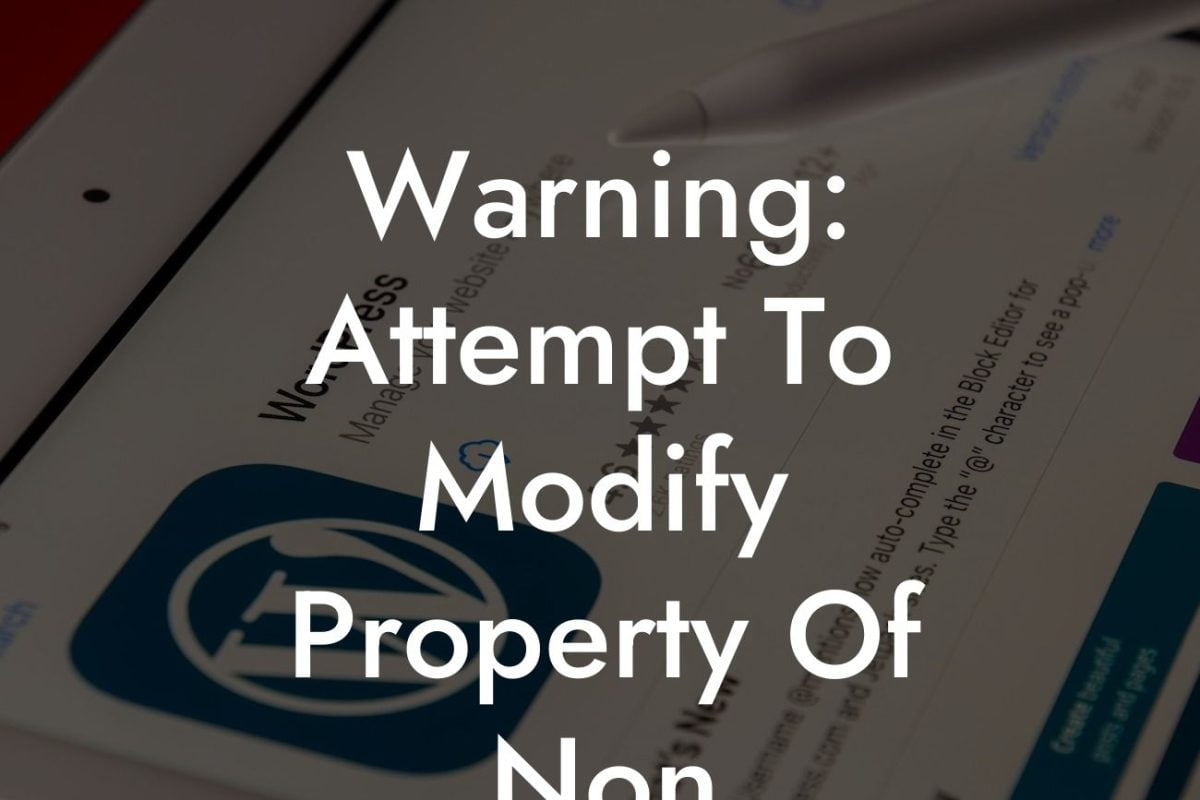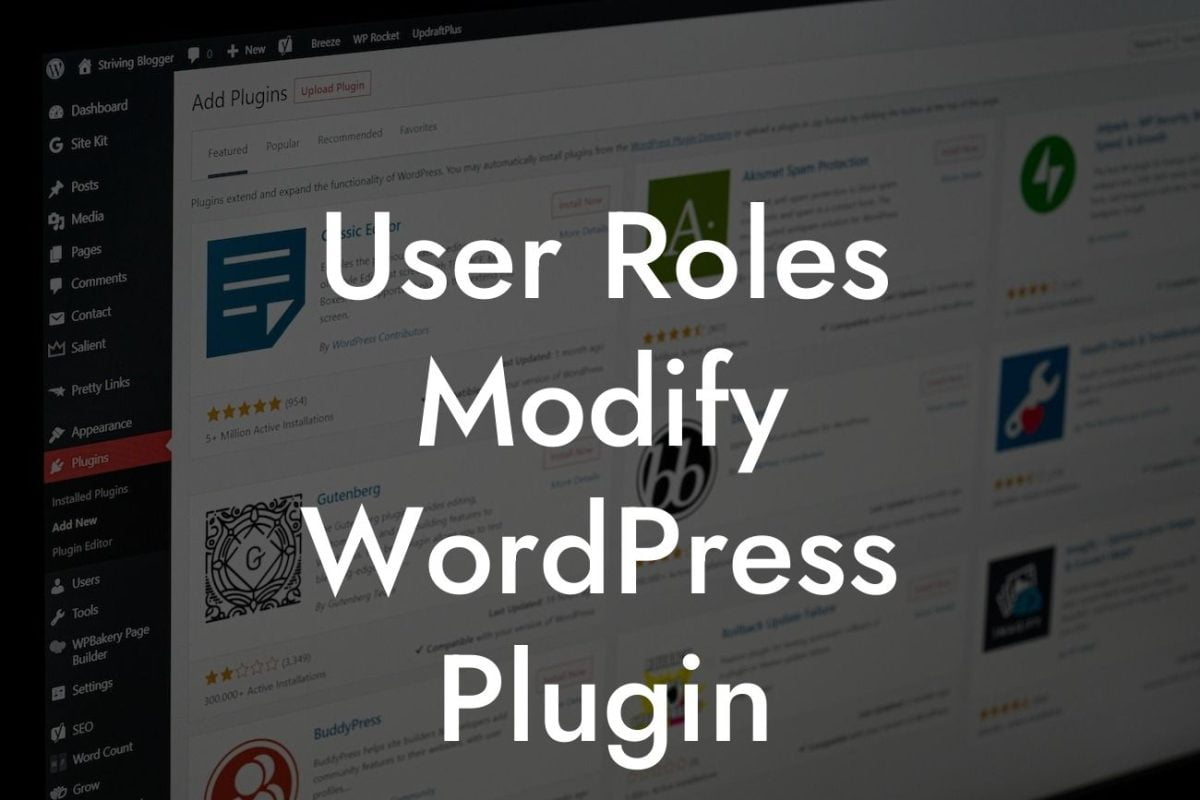In the world of WordPress, customization is key to creating a unique online presence. As a small business owner or entrepreneur, you know the importance of standing out from the crowd. One of the ways to achieve this is by modifying the custom taxonomy box in your WordPress admin. In this article, we will guide you through the process, providing detailed steps and a realistic example to help you level up your website. Say goodbye to cookie-cutter solutions and embrace the extraordinary with DamnWoo.
Custom taxonomies are a powerful feature in WordPress that allow you to organize content in a way that makes sense for your specific business or industry. However, the default taxonomy box in the WordPress admin might not offer the exact functionality or design that you desire. That's where customization comes in.
To modify the custom taxonomy box in your WordPress admin, follow these steps:
1. Identify the taxonomy you want to modify:
- Use a plugin like "Custom Post Type UI" to create a new custom taxonomy or identify the existing taxonomy you want to modify.
Looking For a Custom QuickBook Integration?
2. Create a child theme:
- Before making any changes to the theme files, it's important to create a child theme to ensure your modifications won't be overwritten during theme updates.
3. Locate the template file responsible for rendering the taxonomy box:
- This file can vary depending on your theme, but common locations include "taxonomy.php" or "archive.php".
4. Copy the template file to your child theme:
- Open the original template file and copy its content into a new file within your child theme directory. Maintain the same file structure and naming conventions.
5. Modify the copied template file:
- Within the copied template file, you can now customize the appearance and functionality of the taxonomy box. Use HTML, CSS, and PHP to make the desired changes.
6. Save and activate your child theme:
- Once you have completed the modifications, save the file and activate your child theme. Your changes should now be reflected in the WordPress admin.
Wordpress Modify Custom Taxonomy Box In Wp Admin Example:
Let's say you have an online bookstore and you want to modify the custom taxonomy box for the "Genre" taxonomy. By customizing the appearance and adding additional options, you can enhance the user experience and make it easier for customers to find the books they're interested in.
Begin by creating a child theme, copying the relevant template file, and opening it for modification. Add HTML code to improve the layout of the taxonomy box, CSS to style it according to your branding, and PHP to add new options or dynamic content. With a few tweaks, your custom taxonomy box will become a standout feature of your online bookstore.
Congratulations! You've learned how to modify the custom taxonomy box in your WordPress admin. By taking control of this crucial feature, you can create a tailored experience for your audience, enhance user engagement, and boost conversions. Don't forget to explore other helpful guides on DamnWoo, where we share valuable insights for small businesses and entrepreneurs. And if you're ready to take your website to the next level, check out our range of awesome WordPress plugins. Share this article with others who might find it useful and let's elevate success together!

